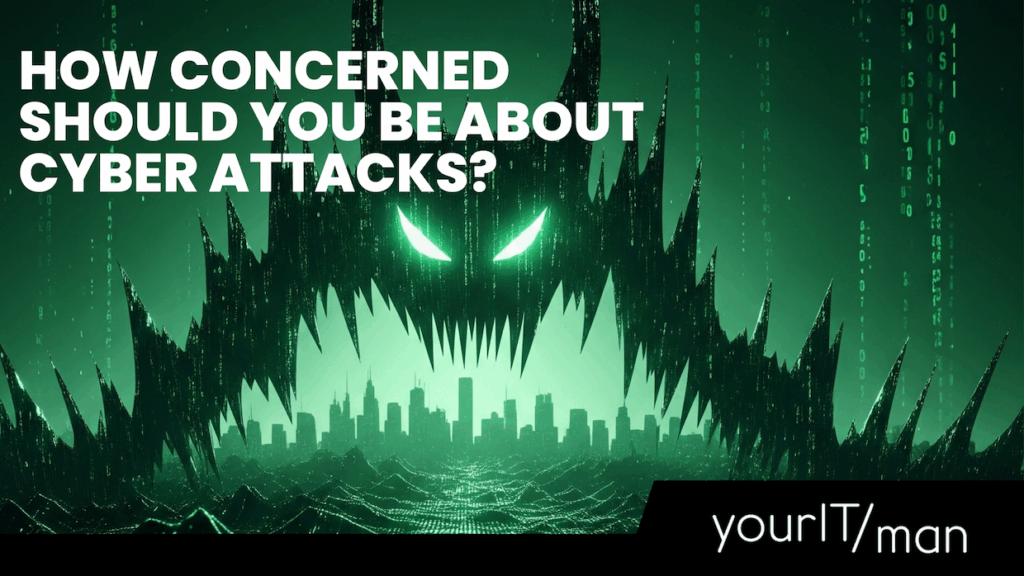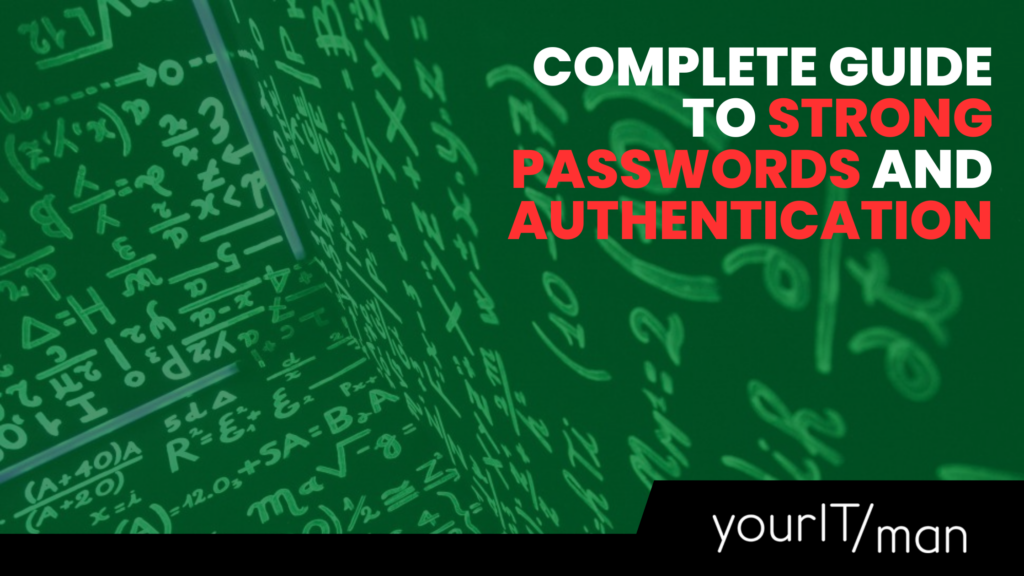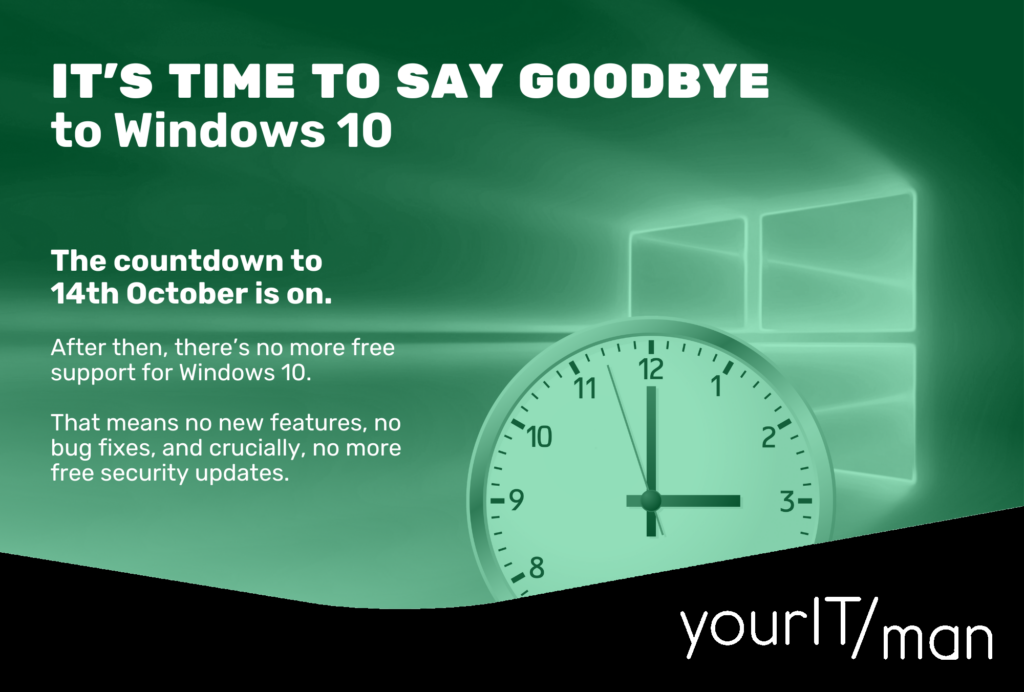The idea of someone getting into your business accounts without needing your password sounds like something out of a spy movie, doesn’t it? Yet, recent insights from Microsoft have highlighted exactly this kind of threat. For Small and Medium-sized Businesses (SMBs), this isn’t just a headline; it’s a call to action.
The New Reality: Beyond the Password
Traditionally, we’ve been taught that a strong, unique password is our digital fortress. While still vital, cyber criminals are evolving. They’re finding ways to bypass passwords entirely, often by exploiting vulnerabilities in how systems verify who you are, or by tricking you into granting them access through seemingly legitimate means.
This could involve:
-
Session Hijacking: Where an attacker takes over an active session you have with a service, even if they don’t know your password.
-
Token Theft: Stealing digital “tokens” that prove your identity, allowing them to impersonate you without needing to log in.
-
Exploiting Misconfigurations: Finding weaknesses in how your cloud services or software are set up, creating backdoors for unauthorised access.
Why SMBs Are Prime Targets
You might think large corporations are the main targets, but SMBs are often more vulnerable. They might have fewer dedicated IT security resources, and employees often wear many hats, making them susceptible to sophisticated social engineering attacks. A successful breach can be devastating for an SMB, leading to financial loss, reputational damage, and even business closure.
What Can Your SMB Do? Practical Steps
Don’t panic! While the threat is serious, there are clear, actionable steps your SMB can take to protect itself:
-
Embrace Multi-Factor Authentication (MFA): This is your absolute best defence against password bypass techniques. MFA requires a second form of verification (like a code from your phone or a fingerprint) in addition to your password. Even if a criminal somehow gets past your password, they’ll be stopped by MFA. Make it mandatory for all business accounts.
-
Regular Security Training for Employees: Your team is your first line of defence. Educate them on the latest phishing scams, how to spot suspicious emails, and the importance of reporting anything unusual. A well-informed employee is a powerful safeguard.
-
Keep Software and Systems Updated: Criminals often exploit known vulnerabilities in outdated software. Ensure all your operating systems, applications, and security software are regularly updated. Enable automatic updates where possible.
-
Implement Least Privilege Access: Grant employees only the minimum level of access they need to perform their job. This limits the damage an attacker can do if they compromise an account.
-
Monitor for Unusual Activity: Keep an eye on login attempts, file access, and other activity in your business accounts. Unusual patterns could indicate a breach. Many cloud services offer logging and alerting features.
-
Consider Professional IT Security Advice: If you’re unsure about your current security posture, consider consulting with an IT security expert. They can assess your vulnerabilities and recommend tailored solutions.
Staying Ahead of the Curve
The digital threat landscape is constantly changing, and what was secure yesterday might not be secure tomorrow. For SMBs, staying informed and proactive is key. By understanding that passwords aren’t the only gatekeepers and by implementing robust security practices like MFA, you can significantly reduce your risk and protect your valuable business assets from cunning cyber criminals.
This is standard practice for us. If you’re unsure whether or not your business is secure, get in touch!




